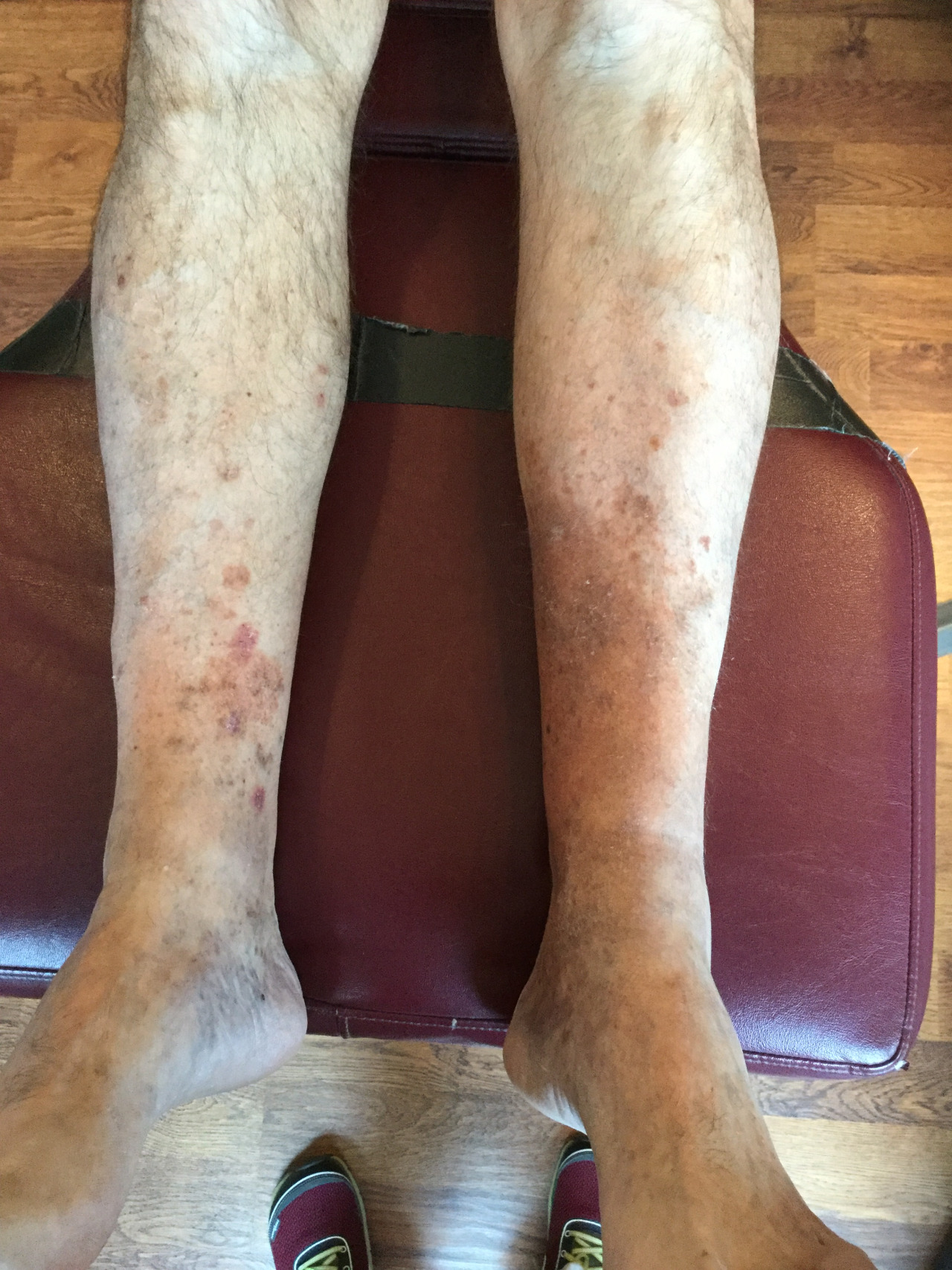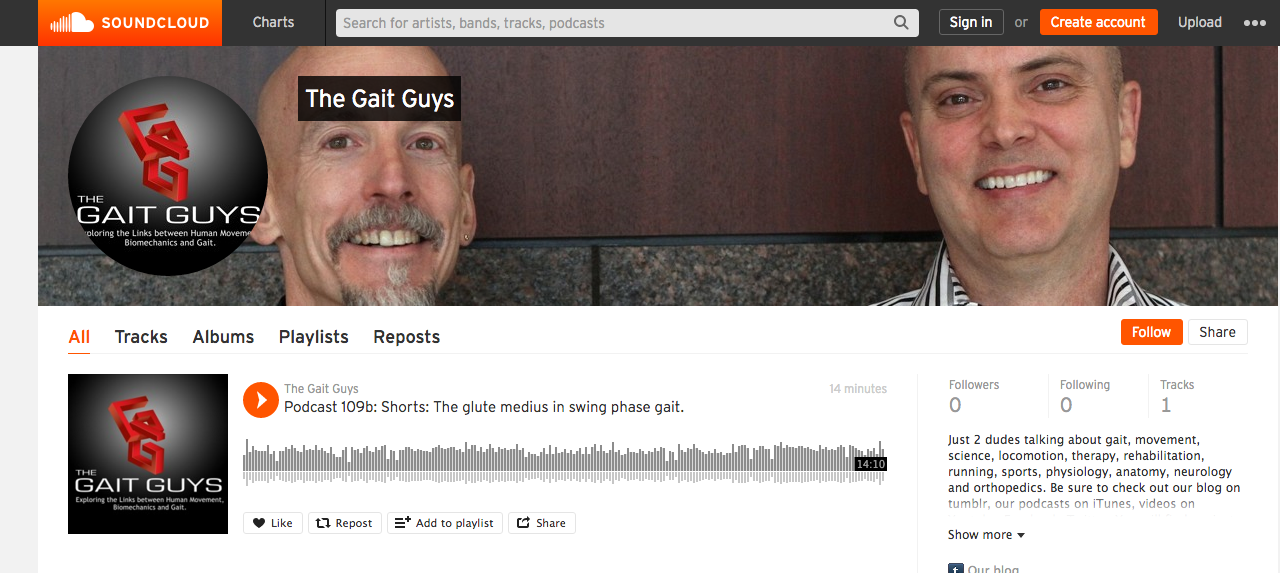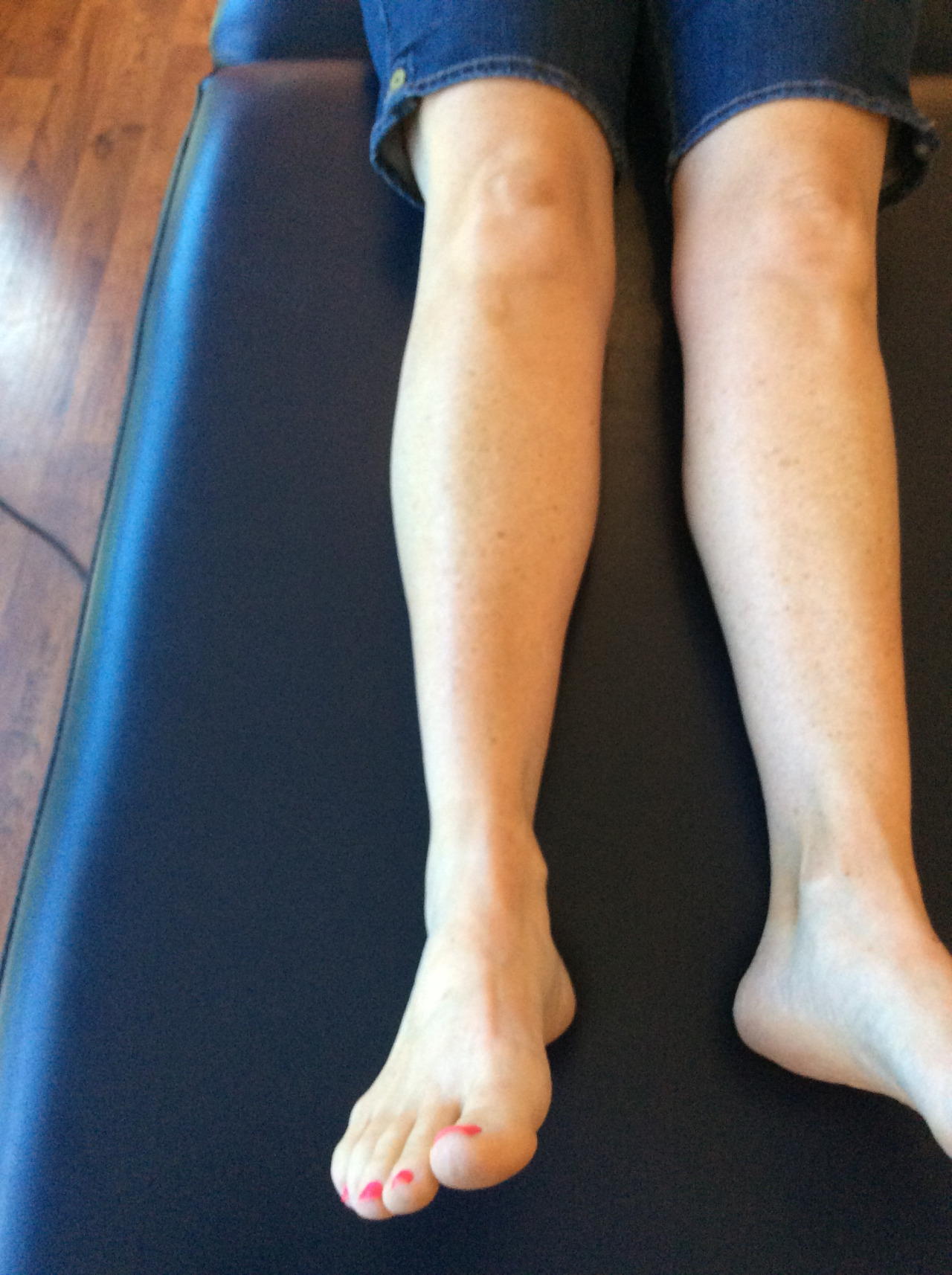Achilles Tendonitis/Tendinopathy and Needling
Achilles pain. You can’t live with it and you can’t live with it. Can needling help? The obvious answer is yes, but there is more as well.
There appears to be sufficient data to support the use of needling for achilles tendon problems . Perhaps it is the “reorganization” of collagen that makes it effective or a blood flow/vascularization phenomenon. The mechanism probably has something to do with pain and the reticular formation sending information down the cord via the lateral cell column (intermediolateral cell nucleus) or pain (nociceptive) afferents sending a collateral in the spinal cord to the dysfunctional muscle, affecting the alpha receptors and causing vasodilation.
Loss of ankle dorsiflexion is a common factor that seems to contribute to achilles tendinopathies . It would seem that improving ankle rocker would be most helpful. In at least one study, needling restored ankle function and in another it improved strength.
And don’t forget to go north of the lower leg/foot/ankle complex. The gluteus medius can many times the culprit as well. During running, the gluteus medius usually fires before heel strike, most likely to stabilize the hip and the pelvis. In runners with Achilles Tendonitis, its firing is delayed which may affect the kinematics of knee and ankle resulting in rear foot inversion. Perhaps the delayed action of the gluteus medius allows an adductory moment of the pelvis, moving the center of gravity medially. This could conceivably place additional stress on the achilles tendon (via the lateral gastroc) to create more eversion of the foot from midstance onward.
Similarly, in runners with achilles tendoinopathy, the gluteus maximus does not fire as long and activation is delayed. The glute max should be the primary hip extensor and decreased hip extension might be compensated by an increased ankle plantarflexion which could potentially increase the load on the Achilles tendon.
So, in short, yes, needling will probably help, for these reasons and probably many more. Make sure to needle all the dysfunctional muscles up the chain, beginning at the foot and moving rostrally.
Effectiveness of Acupuncture Therapies to Manage Musculoskeletal Disorders of the Extremities: A Systematic Review. Cox J, Varatharajan S, Côté P, Optima Collaboration. J Orthop Sports Phys Ther. 2016 Jun;46(6):409-29. doi: 10.2519/jospt.2016.6270. Epub 2016 Apr 26
Acupuncture’s role in tendinopathy: new possibilities. Speed C. Acupunct Med. 2015 Feb;33(1):7-8. doi: 10.1136/acupmed-2014-010746. Epub 2015 Jan 9.
The effect of electroacupuncture on tendon repair in a rat Achilles tendon rupture model. Inoue M, Nakajima M, Oi Y, Hojo T, Itoi M, Kitakoji H. Acupunct Med. 2015 Feb;33(1):58-64. doi: 10.1136/acupmed-2014-010611. Epub 2014 Oct 21.
KIishmishian B, Selfe J, Richards J A Historical Review of Acupuncture to the Achilles Tendon and the development of a standardized protocol for its use Journal of the Acupuncture Association of Chartered Physiotherpists Spring 2012, 69-78
Acupuncture for chronic Achilles tendnopathy: a randomized controlled study. Zhang BM1, Zhong LW, Xu SW, Jiang HR, Shen J. Chin J Integr Med. 2013 Dec;19(12):900-4. doi: 10.1007/s11655-012-1218-4. Epub 2012 Dec 21.
The effect of dry needling and treadmill running on inducing pathological changes in rat Achilles tendon. Kim BS, Joo YC, Choi BH, Kim KH, Kang JS, Park SR. Connect Tissue Res. 2015 Nov;56(6):452-60. doi: 10.3109/03008207.2015.1052876. Epub 2015 Jul 29.
Tendon needling for treatment of tendinopathy: A systematic review.
Krey D, Borchers J, McCamey K. Phys Sportsmed. 2015 Feb;43(1):80-6. doi: 10.1080/00913847.2015.1004296. Epub 2015 Jan 22. Review.
Acupuncture increases the diameter and reorganisation of collagen fibrils during rat tendonhealing.
de Almeida Mdos S, de Freitas KM, Oliveira LP, Vieira CP, Guerra Fda R, Dolder MA, Pimentel ER. Acupunct Med. 2015 Feb;33(1):51-7. doi: 10.1136/acupmed-2014-010548. Epub 2014 Aug 19.
Electroacupuncture increases the concentration and organization of collagen in a tendon healing model in rats.
de Almeida Mdos S, de Aro AA, Guerra Fda R, Vieira CP, de Campos Vidal B, Rosa Pimentel E. Connect Tissue Res. 2012;53(6):542-7. doi: 10.3109/03008207.2012.710671. Epub 2012 Aug 14.
Changes in blood circulation of the contralateral Achilles tendon during and after acupunctureand heating.Kubo K, Yajima H, Takayama M, Ikebukuro T, Mizoguchi H, Takakura N. Int J Sports Med. 2011 Oct;32(10):807-13. doi: 10.1055/s-0031-1277213. Epub 2011 May 26.
Microcirculatory effects of acupuncture and hyperthermia on Achilles tendon microcirculation. Kraemer R, Vogt PM, Knobloch K.
Eur J Appl Physiol. 2010 Jul;109(5):1007-8. doi: 10.1007/s00421-010-1442-6. Epub 2010 Mar 28.
Effects of acupuncture and heating on blood volume and oxygen saturation of human Achilles tendon in vivo. Kubo K, Yajima H, Takayama M, Ikebukuro T, Mizoguchi H, Takakura N. Eur J Appl Physiol. 2010 Jun;109(3):545-50. doi: 10.1007/s00421-010-1368-z. Epub 2010 Feb 6.
Insertional achilles tendinopathy associated with altered transverse compressive and axial tensile strain during ankle dorsiflexion. Chimenti RL, Bucklin M, Kelly M, Ketz J, Flemister AS, Richards MS, Buckley MR.
J Orthop Res. 2016 Jun 16. doi: 10.1002/jor.23338. [Epub ahead of print]
Forefoot and rearfoot contributions to the lunge position in individuals with and without insertionalAchilles tendinopathy. Chimenti RL, Forenza A, Previte E, Tome J, Nawoczenski DA.Clin Biomech (Bristol, Avon). 2016 Jul;36:40-5. doi: 10.1016/j.clinbiomech.2016.05.007. Epub 2016 May 11.
Ankle Power and Endurance Outcomes Following Isolated Gastrocnemius Recession for AchillesTendinopathy. Nawoczenski DA, DiLiberto FE, Cantor MS, Tome JM, DiGiovanni BF. Foot Ankle Int. 2016 Mar 17. pii: 1071100716638128. [Epub ahead of print]
In vivo quantification of the shear modulus of the human Achilles tendon during passive loading using shear wave dispersion analysis.
Helfenstein-Didier C, Andrade RJ, Brum J, Hug F, Tanter M, Nordez A, Gennisson JL. Phys Med Biol. 2016 Mar 21;61(6):2485-96. doi: 10.1088/0031-9155/61/6/2485. Epub 2016 Mar 7.
Changes of gait parameters and lower limb dynamics in recreational runners with achillestendinopathy. Kim S, Yu J. J Sports Sci Med. 2015 May 8;14(2):284-9. eCollection 2015 Jun.
Gastrocnemius recession for foot and ankle conditions in adults: Evidence-based recommendations. Cychosz CC, Phisitkul P, Belatti DA, Glazebrook MA, DiGiovanni CW. Foot Ankle Surg. 2015 Jun;21(2):77-85. doi: 10.1016/j.fas.2015.02.001. Epub 2015 Feb 26. Review.
Limited ankle dorsiflexion increases the risk for mid-portion Achilles tendinopathy in infantry recruits: a prospective cohort study. Rabin A, Kozol Z, Finestone AS. J Foot Ankle Res. 2014 Nov 18;7(1):48. doi: 10.1186/s13047-014-0048-3. eCollection 2014.
Perry J. Gait Analysis: Normal and Pathological Function. Thorofare, NJ: Slack 1992.
Chan YY, Mok KM, Yung PSh, Chan KM. Sports Med Arthrosc Rehabil Ther Technol. 2009 Jul 30;1:14. doi: 10.1186/1758-2555-1-14.
Bilateral effects of 6 weeks’ unilateral acupuncture and electroacupuncture on ankle dorsiflexors muscle strength: a pilot study. Zhou S, Huang LP, Liu J, Yu JH, Tian Q, Cao LJ. Arch Phys Med Rehabil. 2012 Jan;93(1):50-5. doi: 10.1016/j.apmr.2011.08.010. Epub 2011 Nov 8.
Franettovich Smith MM1, Honeywill C, Wyndow N, Crossley KM, Creaby MW. : Neuromotor control of gluteal muscles in runners with achilles tendinopathy.
Med Sci Sports Exerc. 2014 Mar;46(3):594-9.





































